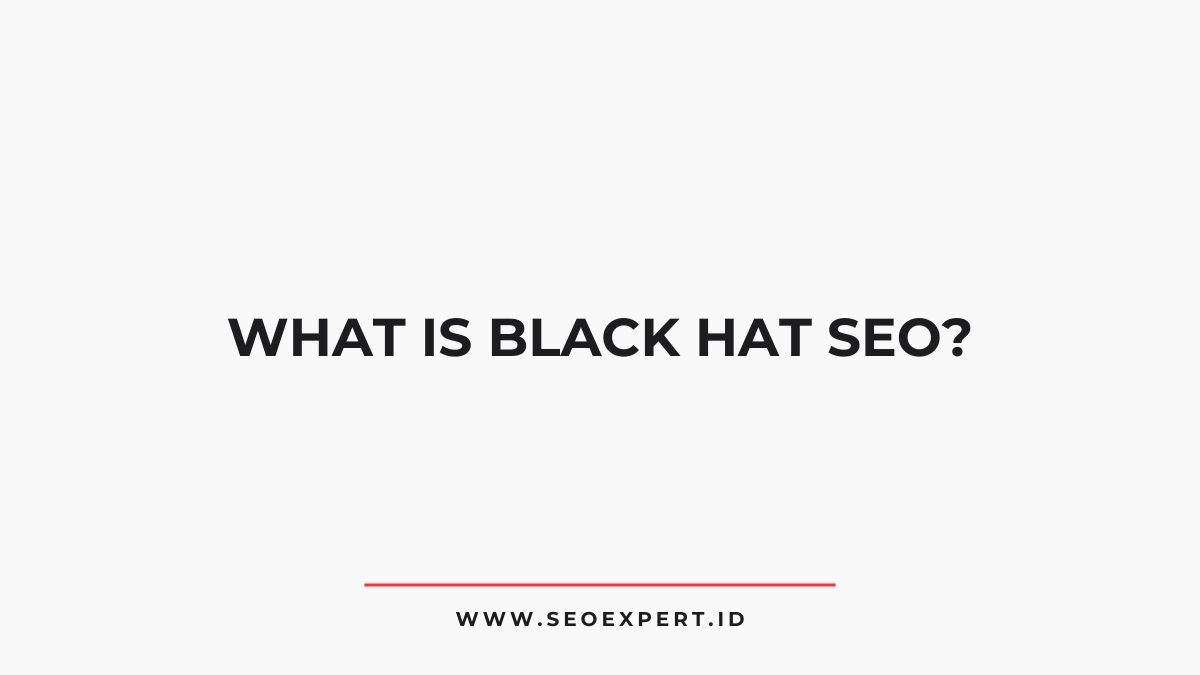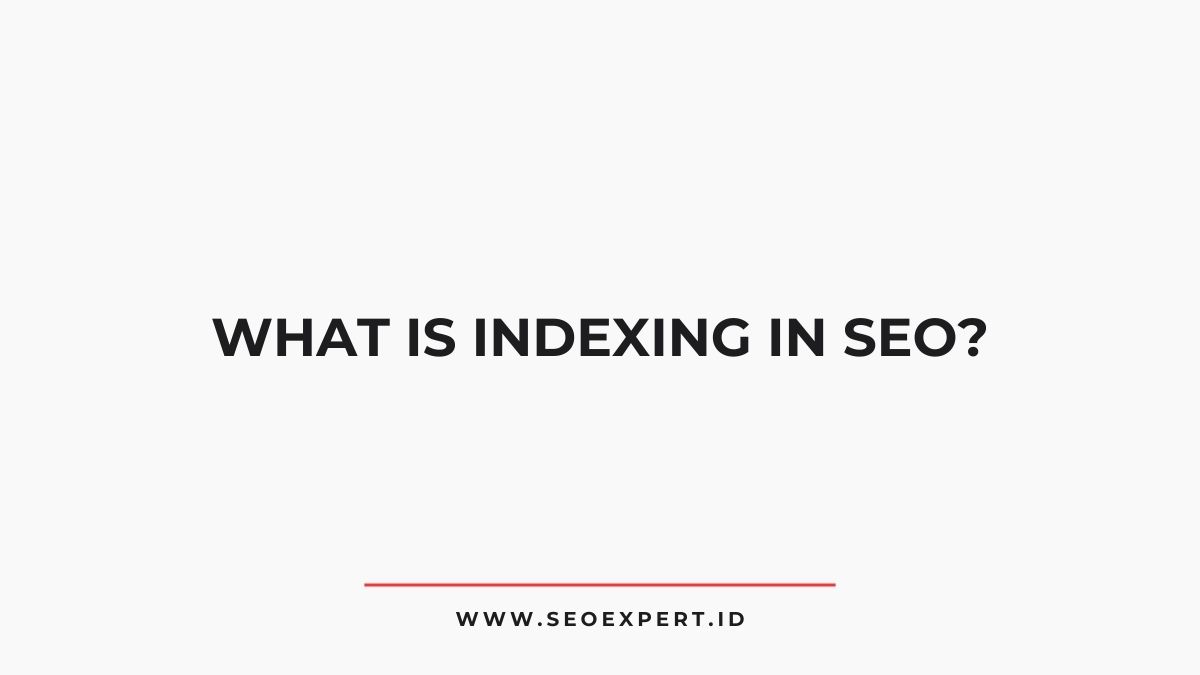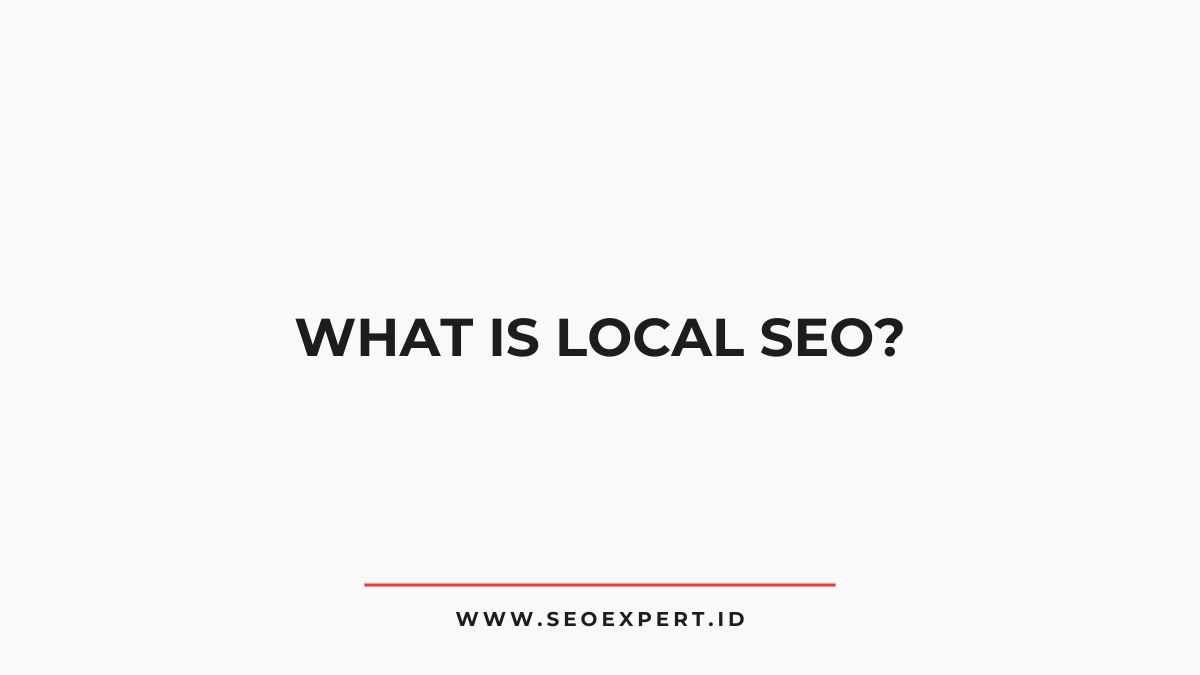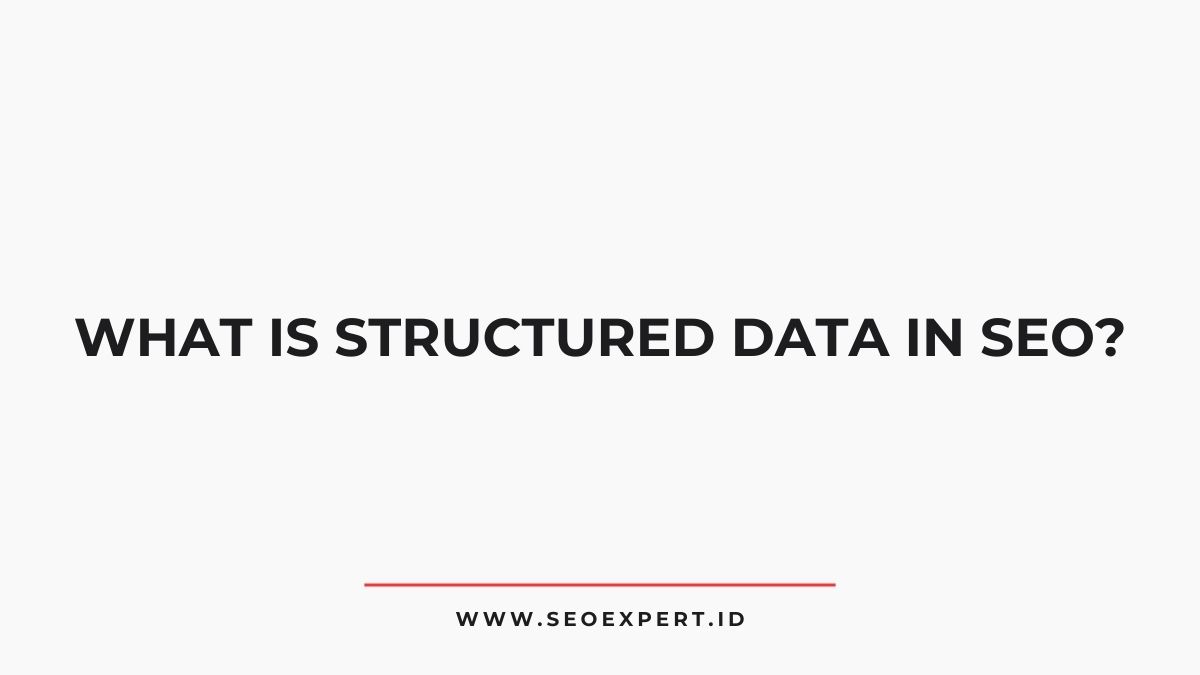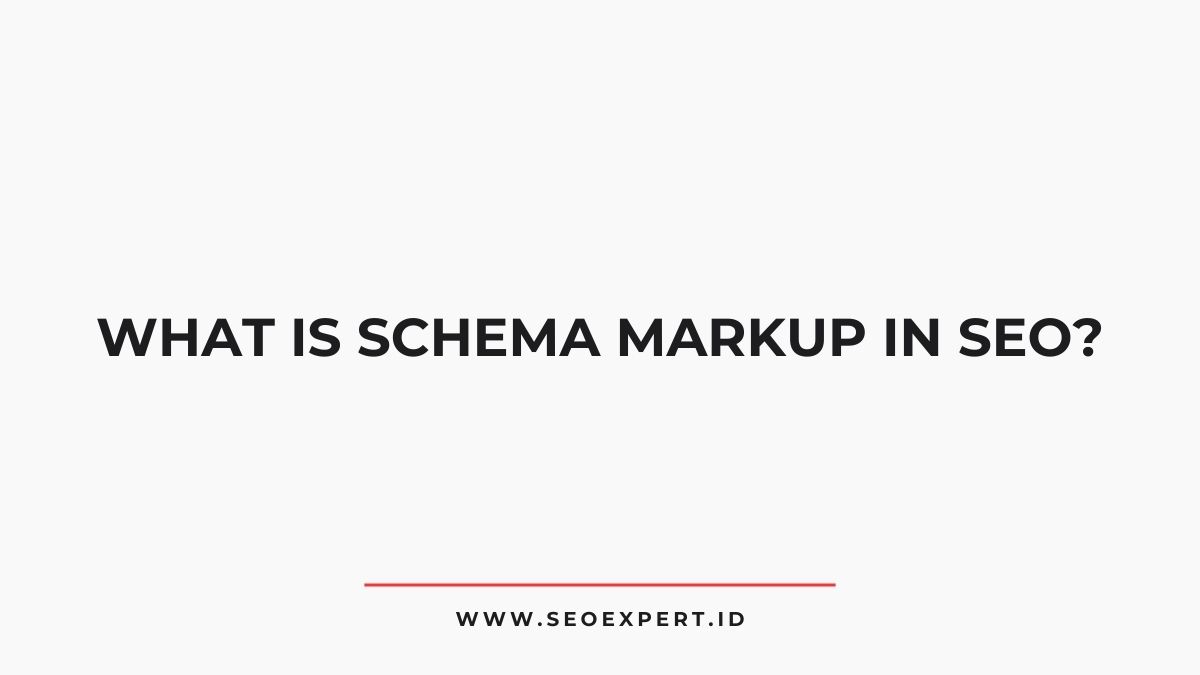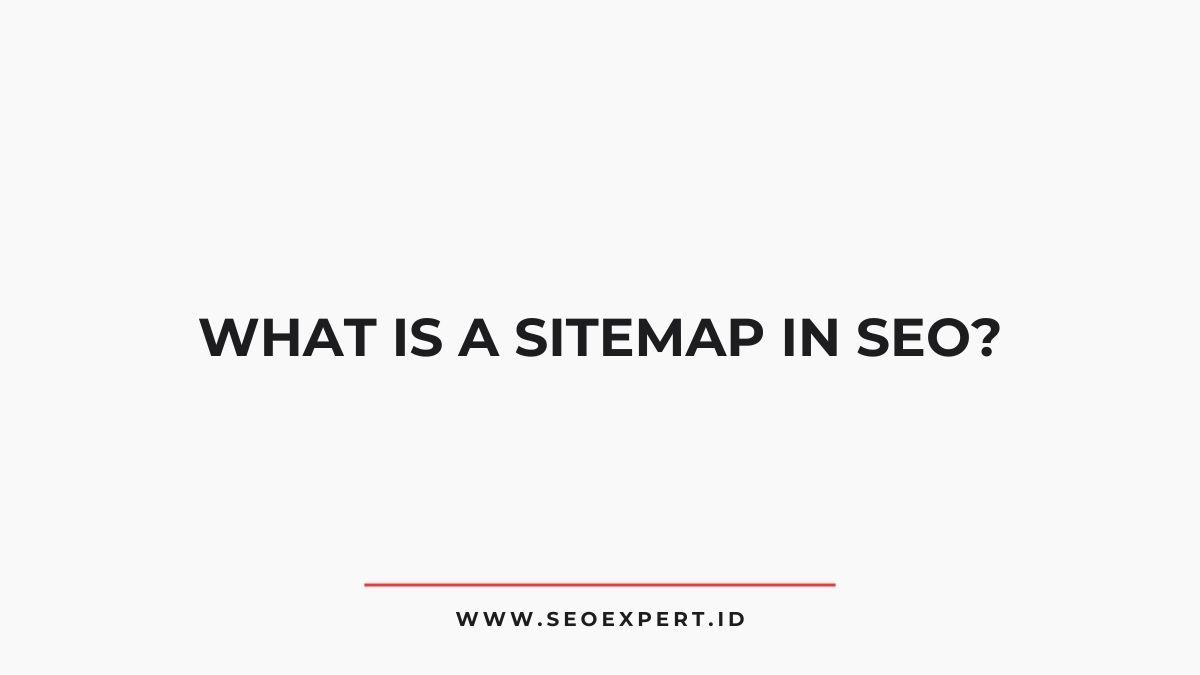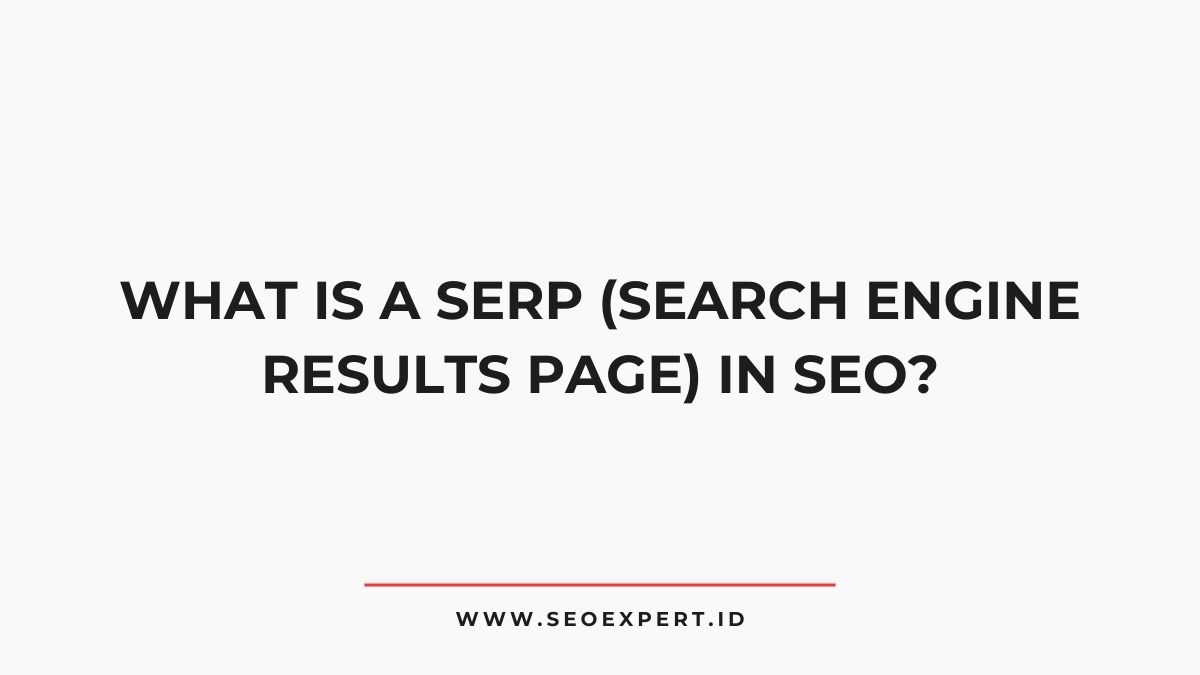Black hat SEO encompasses manipulative tactics that violate search engine guidelines to achieve rapid ranking improvements.
Writecream
Your ultimate secret weapon for SEO, sales, and marketing success.
These unethical practices include keyword stuffing, cloaking, link schemes, and content automation.
While these techniques may deliver short-term visibility, they typically result in severe algorithmic penalties or manual actions from search engines.
Organizations often pursue these strategies due to competitive pressure and desires for immediate results.
The consequences extend beyond rankings to include lasting financial and reputational damage.
TL;DR
Hide- Black hat SEO refers to manipulative techniques used to artificially boost search rankings while violating search engine guidelines.
- Common black hat tactics include keyword stuffing, cloaking, purchased backlinks, and content automation or scraping.
- These unethical practices aim for quick results but risk severe penalties including ranking drops or complete site removal.
- Search engines impose algorithmic penalties and manual actions when they detect manipulative SEO tactics.
- The consequences often include significant revenue losses, damaged reputation, and resource-intensive recovery efforts.
Defining Black Hat SEO Techniques and Their Evolution
Black hat SEO encompasses a collection of manipulative practices designed to artificially boost search engine rankings while violating search engine guidelines.
These techniques have evolved considerably since search engines emerged in the 1990s. Initially, practitioners employed rudimentary tactics like keyword stuffing, hidden text, and link farms to exploit algorithm vulnerabilities.
The evolution of black hat SEO mirrors the cat-and-mouse game between manipulators and search engines since the 1990s.
As search engines developed more sophisticated ranking systems, black hat practitioners adapted accordingly. Modern black hat techniques include private blog networks (PBNs), cloaking, content scraping, and negative SEO attacks against competitors.
Machine learning advancements have made search engines increasingly adept at detecting these violations, resulting in severe penalties including complete deindexing.
Understanding these practices is essential not for implementation but for protection. Legitimate businesses must recognize these techniques to avoid inadvertently employing them or becoming victims of competitors utilizing such damaging strategies.
The Psychology Behind Choosing Unethical SEO Strategies
The psychological underpinnings that drive SEO practitioners toward unethical strategies reveal complex motivational factors beyond simple financial gain.
These include competitive pressure in saturated markets, where legitimate ranking improvements require substantial time investment.
The immediate results promised by black hat techniques exert a powerful cognitive pull through risk-reward miscalculation.
Organizational cultures emphasizing short-term metrics foster environments where professionals rationalize unethical choices through moral disengagement. This psychological mechanism allows practitioners to reframe harmful actions as necessary business decisions.
Additionally, information asymmetry enables practitioners to exploit client knowledge gaps, as detection risks appear minimal when clients lack technical understanding.
The psychological distance between action and consequence further diminishes perceived ethical implications—website penalties affect abstract metrics rather than visible victims, creating emotional detachment that facilitates crossing ethical boundaries despite potential long-term reputation damage.
Most Common Black Hat Practices Search Engines Penalize
Modern search engine algorithms aggressively target manipulative SEO tactics with increasingly sophisticated detection mechanisms.
Google, Bing, and other search providers regularly update their systems to identify and penalize websites employing deceptive practices that violate their guidelines.
Understanding these prohibited techniques helps legitimate SEO practitioners avoid costly penalties including ranking drops, de-indexing, or complete site bans.
- Keyword stuffing – Excessive repetition of target phrases in ways that degrade readability
- Cloaking – Showing different content to search engines than what users see
- Link schemes – Purchasing backlinks, participating in link farms, or creating private blog networks (PBNs)
- Content automation – Publishing machine-generated text without human oversight or quality control
Algorithmic Penalties vs. Manual Actions: What to Expect
When search engines detect rule violations, consequences manifest in two distinct forms: algorithmic penalties and manual actions.
Algorithmic penalties occur automatically when search engine algorithms identify patterns indicating manipulative practices.
Manual actions, conversely, result from human reviewers confirming violations.
| Penalty Type | Algorithmic | Manual Action |
|---|---|---|
| Detection | Automatic | Human review |
| Notification | None | Search Console message |
| Recovery time | After algorithm update or recrawl | After successful reconsideration request |
| Severity | Variable impact | Often more severe |
| Transparency | Limited visibility into cause | Specific violation cited |
Recovery from these penalties requires different approaches. Algorithmic penalties necessitate resolving violations and waiting for subsequent algorithm refreshes or recrawling.
Manual actions require fixing issues and submitting formal reconsideration requests with documented remediation evidence.
Real-World Case Studies of Black Hat SEO Failures
Online retail giants have faced severe consequences for implementing black hat SEO tactics that violated Google’s guidelines.
JCPenney lost visibility after an extensive paid link scheme was uncovered, while BMW’s German website was temporarily de-indexed for utilizing cloaking techniques that displayed different content to search engines than to users.
Overstock.com experienced ranking drops after creating an artificial link network by offering discounts to universities in exchange for .edu backlinks to their product pages.
JCPenney’s Link Scheme
JCPenney’s infamous link scheme of 2010-2011 stands as one of the most high-profile black hat SEO failures in e-commerce history.
The retail giant artificially boosted its rankings by purchasing thousands of irrelevant backlinks from unrelated websites, temporarily dominating search results for numerous competitive keywords in the retail space.
The consequences were severe when the New York Times exposed the scheme:
- Google manually penalized JCPenney, causing their rankings to plummet from first page to positions beyond the 70th result.
- The company suffered significant revenue losses during peak shopping seasons.
- JCPenney claimed ignorance and fired their SEO agency, though skepticism remained about their knowledge of the tactics.
- The case became a cautionary example in the SEO industry, demonstrating Google’s commitment to penalizing manipulative link-building practices.
BMW’s Cloaking Penalty
The German luxury automaker BMW experienced a significant Google penalty in 2006 after implementing doorway pages on bmw.de that utilized cloaking techniques.
The company presented text-heavy, keyword-stuffed pages to search engines while redirecting human visitors to visually appealing, JavaScript-based pages showcasing their vehicles.
Google’s response was swift and severe—the bmw.de domain was completely removed from search results. This manual action demonstrated Google’s commitment to penalizing even established brands engaging in deceptive SEO practices.
The penalty lasted only three days, as BMW quickly removed the offending pages and submitted a reconsideration request.
This case underscores the risks of employing cloaking techniques, regardless of brand prominence. The temporary de-indexing likely damaged BMW’s online visibility and reputation, serving as a cautionary example for other companies considering similar tactics.
Overstock’s University Link-Building
In 2011, Overstock.com faced severe penalties from Google after implementing an aggressive link-building scheme targeting educational institutions.
The company offered discounts to colleges and universities in exchange for placing links to Overstock’s website on their .edu domains, which carry significant authority in Google’s ranking algorithm.
Google discovered this manipulation and demoted Overstock’s rankings for numerous high-value keywords, resulting in substantial traffic and revenue losses. This penalty lasted approximately two months.
Key lessons from Overstock’s case:
- Links from .edu domains carry exceptional weight but attract heightened scrutiny.
- Incentivized link-building violates Google’s quality guidelines.
- Short-term ranking gains often lead to long-term penalties and brand damage.
- Natural link acquisition through valuable content provides sustainable results without risk.
The Long-Term Cost of Short-Term SEO Gains
Organizations implementing black hat SEO tactics may experience short-term visibility gains that are inevitably overshadowed by algorithmic or manual penalties from search engines.
The financial impact of these penalties often exceeds the initial benefits, with site recovery requiring significant resource investment and potentially months or years to complete.
Beyond technical consequences, the reputational damage inflicted on brands caught using manipulative techniques persists in the marketplace, eroding consumer trust and industry credibility long after technical issues are resolved.
Penalties Outweigh Benefits
While short-term visibility gains from black hat SEO techniques may appear attractive, they ultimately incur devastating penalties that far outweigh any temporary benefits.
Search engines have sophisticated algorithms designed to detect manipulative tactics, and the consequences of being caught are severe.
Search engine penalties typically include:
- Complete de-indexing of websites from search results
- Significant drops in page rankings, often by hundreds of positions
- Manual penalties requiring extensive remediation work and formal reconsideration requests
- Permanent domain reputation damage that can persist even after technical fixes
These penalties can effectively render a business invisible online, causing dramatic revenue losses.
The resources required to recover from such penalties often exceed the initial investment in legitimate SEO strategies, making black hat techniques fundamentally unsound from a risk management perspective.
Reputation Damage Lingers
Beyond search engine penalties, the most enduring consequence of black hat SEO practices manifests as profound damage to a brand’s reputation.
When users encounter manipulative tactics—whether keyword stuffing, hidden text, or deceptive redirects—they experience frustration and develop distrust toward the offending organization.
This reputational damage persists in the digital ecosystem long after technical penalties have been addressed.
Industry watchdogs, competitors, and informed consumers frequently document and reference companies’ unethical SEO histories, creating a permanent digital record of these transgressions.
Once labeled as manipulative, businesses face significant challenges rebuilding credibility with both search engines and potential customers.
Recovery requires not only technical remediation but a thorough reputation management strategy—a process that typically demands substantially more resources than would have been required for legitimate SEO implementation initially.
How to Identify and Recover From Black Hat Tactics on Your Site
Discovering that black hat SEO tactics have been used on one’s website can be alarming, but prompt identification and strategic recovery are vital to mitigate potential damage.
Website owners should conduct thorough audits to detect suspicious patterns in backlink profiles, content manipulation, or cloaking techniques.
Recovery protocols include:
- Document all identified black hat tactics with timestamped evidence for potential reporting to search engines.
- Systematically remove or disavow toxic backlinks through Google’s Disavow Tool.
- Replace keyword-stuffed content with value-driven material that adheres to current SEO best practices.
- Submit a reconsideration request to search engines detailing remediation steps taken.
Regular monitoring post-recovery provides protection against future violations.
Implementing robust security measures and maintaining vigilance regarding who has access to website management functions guarantees sustained compliance with search engine guidelines.
Ethical Alternatives That Deliver Sustainable Search Rankings
Ethical SEO strategies present a viable alternative to risky black hat tactics, offering website owners a pathway to achieve meaningful search visibility without potential penalties.
These white hat approaches focus on creating high-quality content that genuinely addresses user needs, implementing proper keyword research, and building relevant backlinks through legitimate outreach.
Technical optimization remains essential but should adhere to search engine guidelines: structured data markup, optimized page speed, mobile responsiveness, and secure HTTPS implementation.
A thorough content strategy encompassing extensive topic coverage, regular updates, and semantic keyword optimization yields sustainable results.
Rather than manipulating algorithms, ethical SEO practitioners invest in understanding user intent and search behavior patterns.
This data-driven approach guarantees websites naturally attract qualified traffic through value provision rather than deception—ultimately creating resilient online assets that withstand algorithm updates and industry changes.
Closing Remarks
Black Hat SEO presents a paradoxical proposition: short-term visibility at the expense of long-term viability.
As algorithms evolve with increasing sophistication, these manipulative tactics face inevitable detection and consequent penalties.
Organizations must conduct thorough risk analyses before implementation, recognizing that sustainable search performance derives from value-driven content strategies that align with search engine guidelines and user intent—not from exploitative methodologies that fundamentally undermine digital ecosystem integrity.
